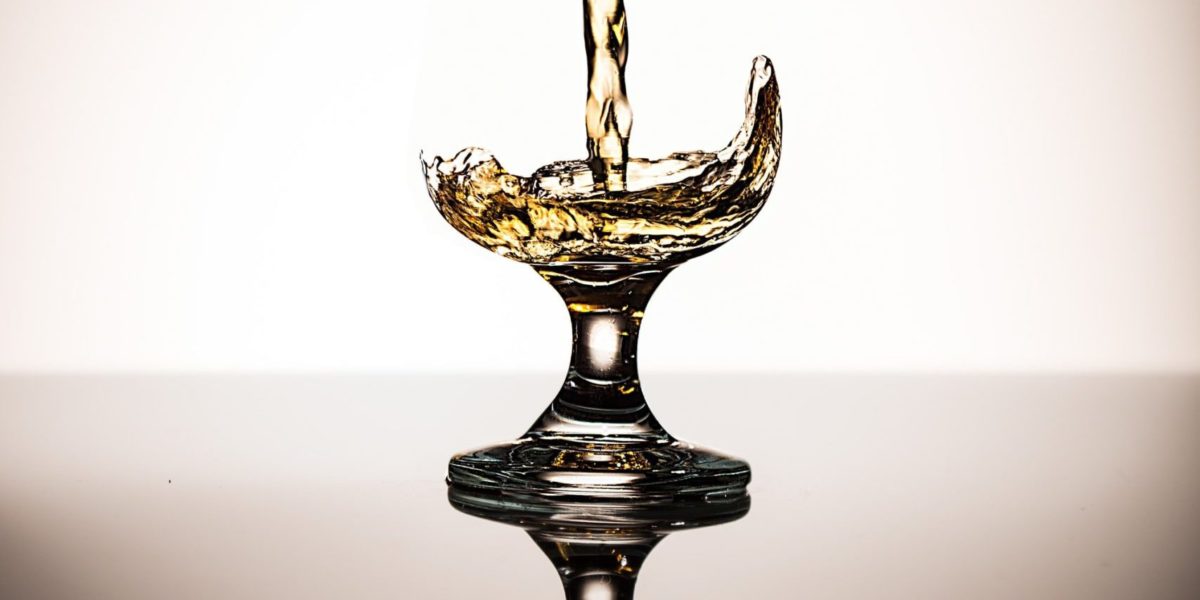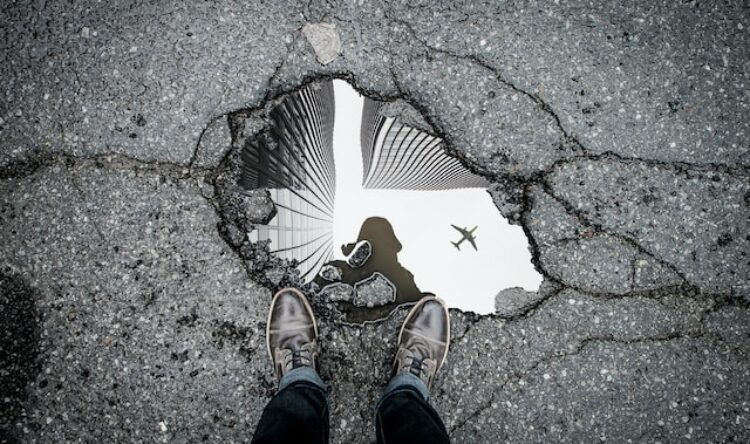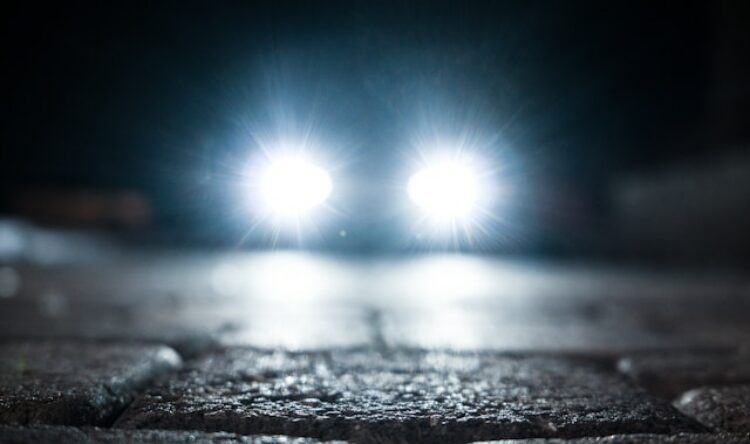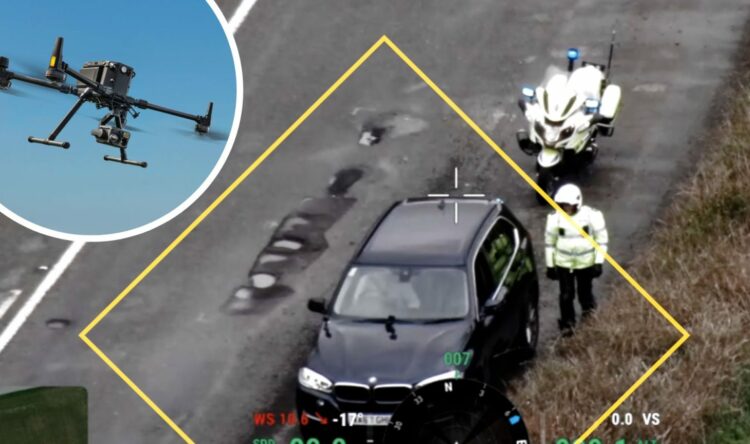Drink driving abroad
GEM looks beyond our shores for effective ways to tackle drink driving
GEM Motoring Assist has joined other groups in calling for a review of “inadequate drink drive laws”. Deaths involving drink drivers has hit a 10-year high.
Chief executive Neil Worth cited the Parliamentary Advisory Council for Transport Safety report. This reveals there has been virtually no progress in reducing drink driving deaths in the UK over the past decade. Combined with the latest official stats showing a rise in drink driving in 2019, alarm bells are ringing.
A new approach needed
“Levels of police enforcement have decreased by 63% since 2009, whilst the much-heralded road side evidential breath testing equipment shows no signs of making it into the police toolkit any time soon. As things stand, England and Wales have Europe’s highest drink drive limits, with absurdly long and complex police procedures required to secure a prosecution.
“We invite the UK government to take a quick look at examples of good practice from other countries and to take urgent steps to reform our whole approach to tackling the menace of drink driving.”
GEM has assembled a line-up of good practice from other European countries and beyond:
Reducing the limit in Estonia:
Drink driving deaths reduced from 61 in 2006 to 7 in 2017. This represents an 89% decrease. This was the result of a reduction in the drink drive limit to 0.2g/l BAC (compared with the England and Wales limit of 0.8g/l BAC). There was a concerted and sustained improvement in enforcement techniques too.
Tough fines and education in Denmark:
Any driver with a BAC above 0.5g/l must take a 12 hour mandatory course on alcohol and road safety. They must pay for this in order to regain a driving licence. Drivers found with a BAC over 1.2g/l receive an unconditional three-year ban. There are prison sentences for repeat offenders. The 112 drink drive deaths in 2007 were reduced to 30 in 2016 – a 12% annual reduction.
Low limits and harsh sanctions in Australia:
In the Australian state of Queensland, learner and recently-qualified drivers must have a zero BAC. For all others – including motorcyclists – the limit is 0.05g/l BAC. A zero limit applies for all professional drivers. In July 2020, Australian newspaper headlines criticised one Brisbane driver for being ‘six times over the limit’ when stopped by police. This led to disqualification for a year and a fine of approximately £800. The actual BAC reading she gave was 0.298g/l. She would have needed a BAC reading 16 times over the Queensland limit to reach the England and Wales limit of 0.8g/l.
Random breath tests in Israel:
An average of almost one million random alcohol breath tests have been taking place per year. The country has just eight million inhabitants. There has been an increase in night-time bus transport, deterring evening car use among younger drivers.
Roadside evidential testing in Belgium:
A decade ago roadside evidential breath testing was introduced in Belgium. Police use screening devices on drivers. These reveal a ‘safe’ reading of below 0.22g/l, an ‘alarm’ reading of between 0.22 and 0.35, or a ‘positive’ reading of above 0.35. Alarm/positive results mean the driver must take a further evidential breath analysis test. This calculates the exact amount of alcohol in the breath.
High-volume screening checks in Finland:
It takes four or five police officers to set up testing at a busy road junction. They use simple screening devices and obtain a test from every driver. There is no need for suspicion that the driver may have been drinking. The device immediately shows whether or not there’s alcohol present in a driver’s system. Those who give a negative reading continue their journeys, with no more than a few seconds’ delay. Those who give a positive reading are directed to the roadside for further evidential testing.






